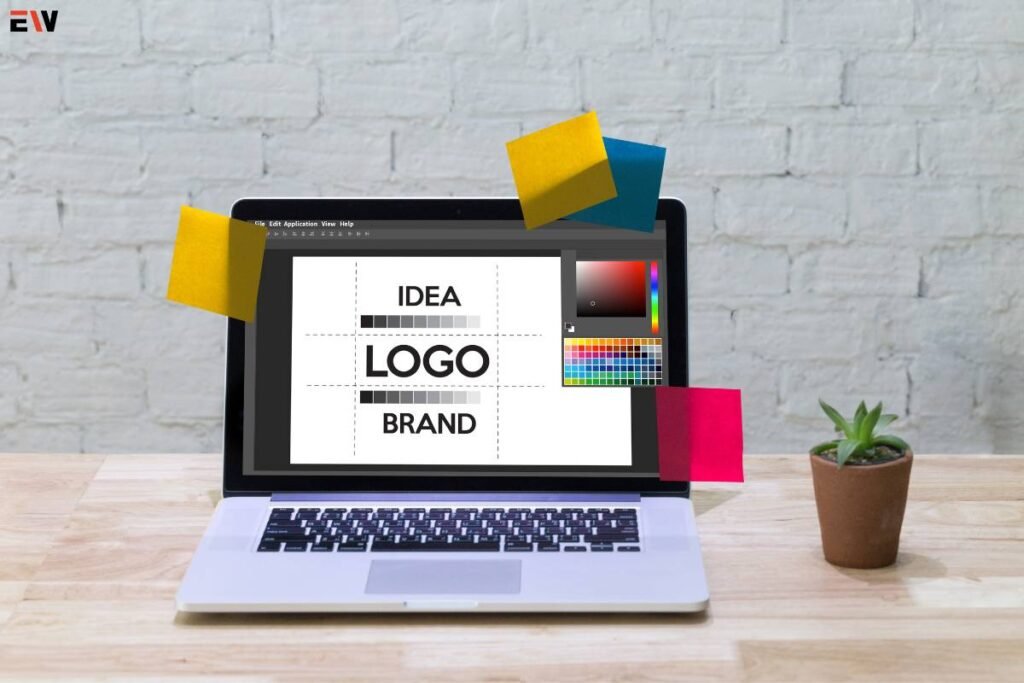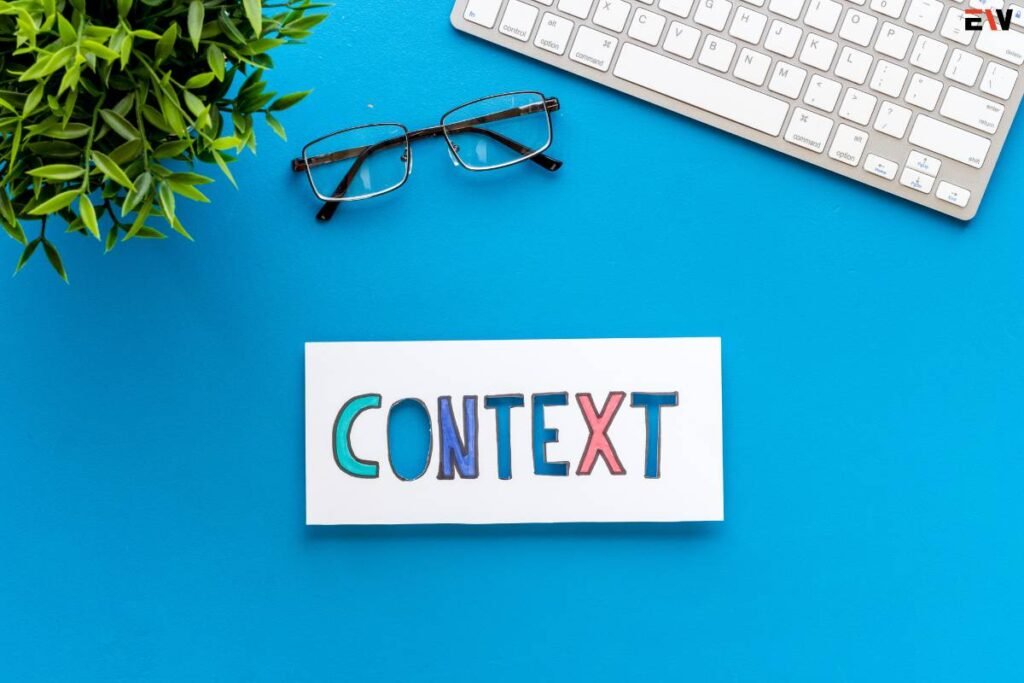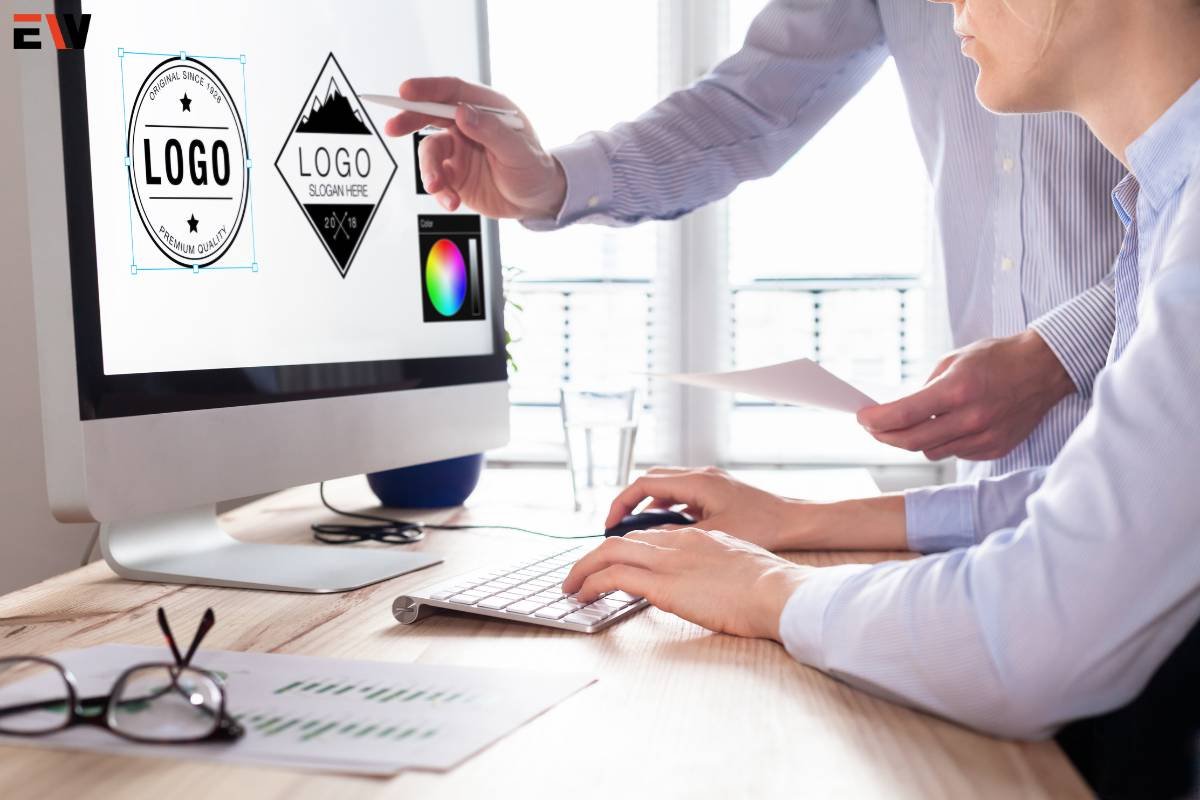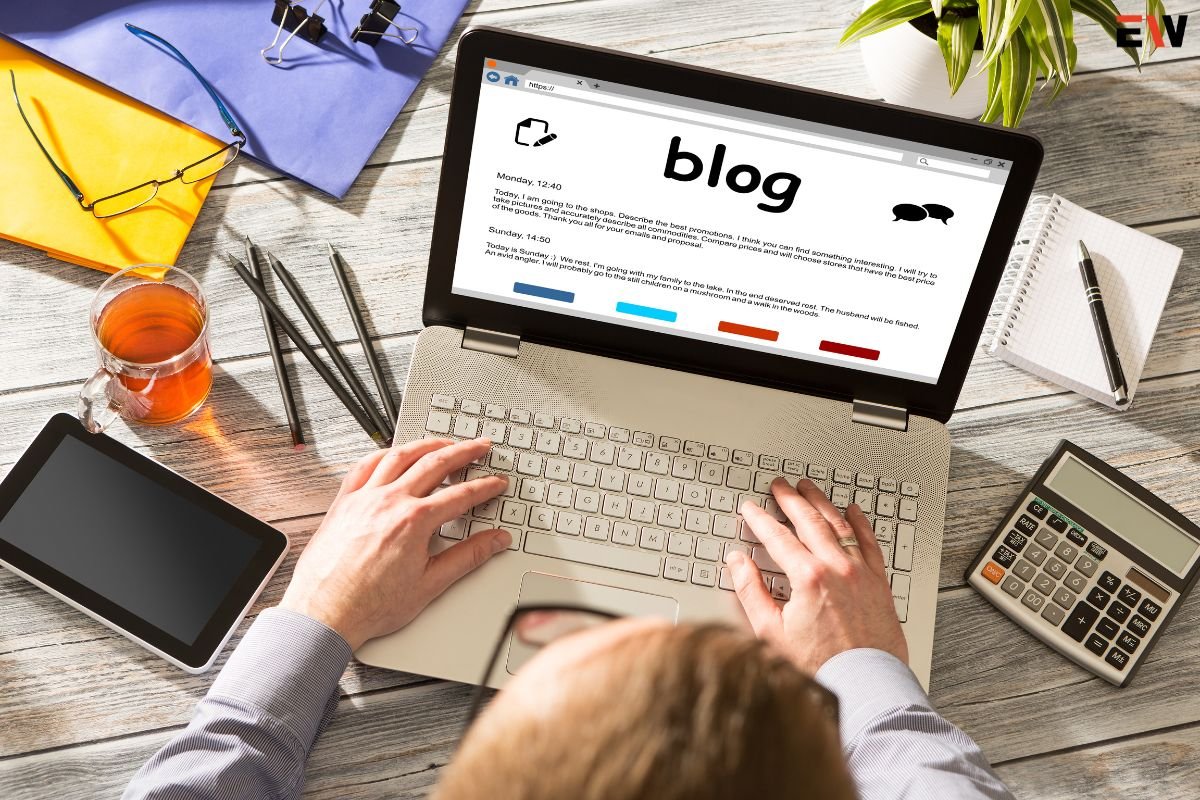A logo is a graphic mark or emblem used by businesses to identify themselves and their products or services. It is often the first point of contact between a business and its target audience. A logo plays a vital role in establishing brand identity and recognition, and it can have a significant impact on how consumers perceive a brand. However, it is not enough to just have a logo; businesses need to use it effectively to get the most out of it. In this article, we will discuss the importance of using logos effectively and provide some tips on how businesses can do so.
Why It Matters?

A logo is a visual representation of a brand. It communicates a brand’s values, mission, and personality to the target audience. A well-designed logo can differentiate a brand from its competitors, create a positive impression in the minds of consumers, and increase brand recognition. However, just having a logo is not enough. Businesses need for using their logos effectively to get the most out of them. Here are some reasons why using logos effectively matters:
1. Establishes Brand Identity:
A logo is an essential part of a brand’s identity. It helps consumers recognize a brand and distinguish it from its competitors. By using a logo consistently across all brand touchpoints, businesses can establish a strong brand identity that resonates with their target audience.
2. Builds Trust:
Consistent use of a logo can build trust with consumers. When consumers see a logo repeatedly, they associate it with the brand, which can increase their trust in the brand. Using a logo consistently also conveys a sense of professionalism and attention to detail, which can further increase consumer trust.
3. Increases Brand Recognition:
A well-designed logo can increase brand recognition. When consumers see a logo repeatedly, they are more likely to remember it and associate it with the brand. This can lead to increased brand awareness, which can translate into increased sales and customer loyalty.
4. Creates a Professional Image:
A logo can create a professional image for a brand. By using a logo consistently across all brand touchpoints, businesses can convey a sense of professionalism and attention to detail. This can help build credibility with consumers and establish a brand as a leader in its industry.

Here are 7 Tips for Using Logos Effectively:
Now that we have established why using logos effectively is essential let’s look at some tips for doing so:
1. Use a High-Quality Logo:
The first step in using a logo effectively is to ensure that it is high quality. A high-quality logo should be scalable, easily recognizable, and visually appealing. It should also be in a format that is suitable for use across all brand touchpoints, including digital and print.
2. Be Consistent:
Consistency is key when it comes to using logos effectively. Businesses should be using logos effectively and consistently across all brand touchpoints, including their website, social media, marketing materials, and products. This helps establish a strong brand identity and builds trust with consumers.
3. Consider the Context:
When using a logo, businesses should consider the context in which it will be used. For example, a logo that looks great on a website may not work as well on a product label or packaging. Businesses should ensure that their logo is appropriate for each context in which it will be used.
Be Creative: While consistency is important, businesses should also be creative in how they use their logos. They can experiment with different colors, backgrounds, and layouts to create visually appealing designs that still maintain brand recognition. This can help a brand stand out from its competitors and increase its overall impact.
4. Use White Space:
White space is the area around a logo that is left blank. It is essential to ensure that a logo is visually appealing and easy to recognize. Using white space around a logo can help it stand out and make it more memorable.
5. Consider Accessibility:
Businesses should also consider accessibility when using their logos. This means ensuring that the logo is visible and recognizable for all audiences, including those with visual impairments. This can be achieved by using high-contrast colors and ensuring that the logo is scalable without losing its clarity.
6. Don’t Overdo It:
While it is important to be creative in how a logo is used, businesses should also avoid overdoing it. Using a logo too frequently or inappropriately can dilute its impact and decrease its effectiveness. Businesses should use their logos strategically and purposefully.
7. Test and Refine:
Finally, businesses should test and refine their use of logos over time. This means analyzing the impact of their logo usage and making adjustments as needed. It also means staying up-to-date with industry trends and best practices to ensure that their use of logos remains effective over time.
Examples of Effective Logo Usage
Here are some examples of businesses that use their logos effectively:
1. Apple:

Apple’s logo is a simple yet recognizable design that has become synonymous with the brand. It is used consistently across all brand touchpoints and has helped establish Apple as a leader in its industry.
2. Nike:
Nike’s “swoosh” logo is another example of a simple yet effective design. It is used consistently across all brand touchpoints and has become a symbol of the brand’s commitment to athleticism and innovation.
3. Coca-Cola:
Coca-Cola’s logo is a classic design that has remained consistent over time. It is used across all brand touchpoints and has helped establish the brand as a leader in the beverage industry.
4. Amazon:
Amazon’s logo is a simple yet effective design that reflects the brand’s commitment to innovation and customer satisfaction. It is used consistently across all brand touchpoints and has helped establish Amazon as a leading online retailer.
BOTTOM LINE
Using logos effectively is essential for businesses looking to establish a strong brand identity, build trust with consumers, increase brand recognition, and create a professional image. By using high-quality logos consistently across all brand touchpoints, considering the context in which they will be used, being creative, and testing and refining over time, businesses can ensure that their logos have the maximum impact. Examples of businesses that use their logos effectively include Apple, Nike, Coca-Cola, and Amazon. By following these tips and learning from these examples, businesses can create and use logos that have a lasting impact on their target audience.









